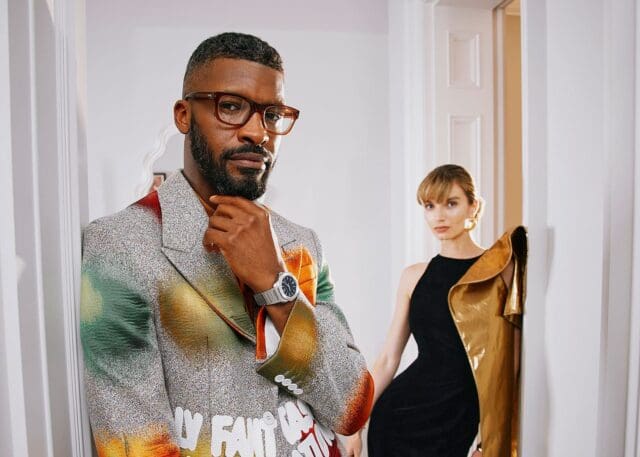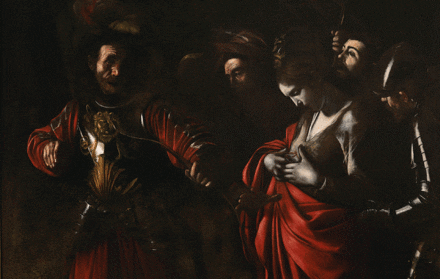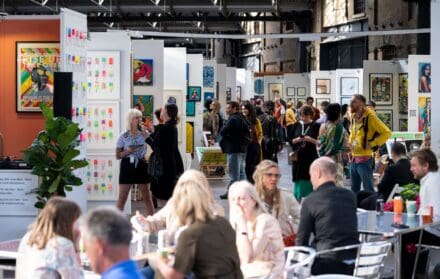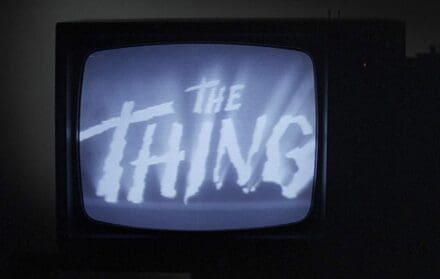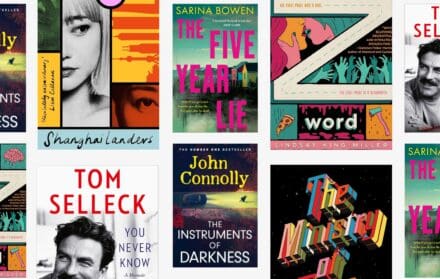
Ellen von Unwerth doesn’t know what all the fuss is about
Five years on from the publication of her provocative coffee table tome, German photographer Ellen von Unwerth explains why she's never seen her work as political
Ellen von Unwerth is cooler than you. Don’t worry, that’s not an insult. It’s like saying, ‘Usain Bolt is faster than you’. It doesn’t mean you’re not cool, it just means you’re not Ellen von Unwerth-cool.
I mean, von Unwerth, who is originally from Frankfurt, once worked as a magician’s assistant. Cool, right? She then modelled all over the world for 10 years before getting into photography, and has since snapped an inimitable roster of stars that ranges from Kylie Minogue and Beyoncé, to Gisele Bündchen, Naomi Campbell and Kim Kardashian. She even got David Bowie to straddle Kate Moss for a magazine cover. It doesn’t get much cooler than that. Now, at 68, von Unwerth still loves a glass of champagne and a boogie. “Why not?” she asks. “I have a lot of energy.”
We’re on a Zoom call; me, in my London living room mid-heatwave; her, on a month-long break in Saint Tropez with her husband. Von Unwerth’s flyaway curls are a Germanic blonde, even nearing 70, and her accent has softened from what was presumably once a guttural cadence to the pan-European lilt of someone who’s spent their life travelling. “It was so incredible to get those two stars together at the same time,” she says of her dalliance with Bowie and Moss. “And, of course, I discovered Claudia Schiffer.”
Of course she did. Von Unwerth did a shoot with the budding model back in 1989, but didn’t immediately see her potential. “I thought she was really cute, but when I looked at the pictures, I saw that she looked like Brigitte Bardot,” the photographer recalls. She called Schiffer back, styled her like the French sex symbol, and created the shot that would propel the model into the mainstream.

“I also remember the first time I saw Drew Barrymore – she was standing in line for the bathroom at the Met Gala or something,” von Unwerth continues. “I was totally fascinated and approached her and asked her [for a shoot]. So we shot for American Vogue – we made her like a Coney Island girl, you know? And the pictures came out really great.”
When von Unwerth was a model, she always hated taking instruction from the photographer: “I was frustrated because I always had ideas and I wanted to show those ideas,” she says. “But it was like, ‘no, no, just look to the left and look to the right’. I thought that was boring.”
So, since she’s been in the driver’s seat, she’s done things a little differently, asking her models to “live and laugh and move in front of the camera”. “I know what it’s like when you feel really uncomfortable, so I do everything in my power to make them feel at ease,” she says.
Von Unwerth’s experience as a magician’s assistant coloured her later work, too. That’s right, before embarking on a career in fashion, she literally ran away to join the circus: “I visited one in Munich and I loved it so much that I went to the director and asked him if I could join,” she says. “And he looked at me and said, ‘you can start tomorrow’.” The “glitter, glamour and performance” of the circus permeates von Unwerth’s images – they are luscious, lustrous and over-the-top; they scream at you from every pixel.

But, moreover, and let’s be honest here, they’re sexual. Overtly so. In a shoot with Madonna, the suspender-clad Queen of Pop straddles a chair, legs open. Naomi Campbell appears wearing not much more than patent leather boots, brandishing a whip. Rihanna aims a showerhead into her crotch. There are boobs, lingerie, corsets, whips, harnesses – you name it. To the point where, while researching this article, I got a bit worried about what a colleague passing my desk might think I was up to.
When I see a super-sexualised image of a woman, I often feel suspicious. Was she comfortable taking her clothes off? Posing like that? Is there a man behind the camera getting his rocks off and calling it ‘art’?
It’s not like that with von Unwerth’s photos. Even though they’re so sexual – her most recent book, Heimat, which was published back in 2017, appears to chronicle some mad Bavarian orgy: ample bosoms spilling out of dirndls, nudes frolicking in Alpine meadows, suggestive acts being performed with bratwurst… But the images are joyful. It looks like everyone on set is having a blast.

Is that because I know that they were taken by a woman? If I saw, without context, an image of a 20-year-old Drew Barrymore in her underwear, would I furrow my brow in ‘woke’ concern? Possibly. Although, that context is important, right? The models probably were more comfortable being photographed nude by a woman. That said, the upshot is still the same: yet more images of women that cater to the male gaze. Does intent matter? I could do mental gymnastics all day trying to determine the implications of von Unwerth’s work. And for what? Because I’ll tell you one thing, von Unwerth certainly isn’t worried about any of that.
“Being political? I prefer to look at life with a bit of humour,” she says. To von Unwerth, the objective of her work is not complicated: “I like to photograph girls enjoying life,” she once told The Guardian.
She seems quietly bemused that any further explanation would be necessary, but elaborates for me anyway: “I photograph women who love to be free and show their sensuality. I think women who do that are very strong – they are not victims.” So, at the root of it, it’s a sort of third-wave feminist argument – that women owning their sexuality is empowering? “I don't think about it too much,” she says.

Yet surely this conversation is pertinent in the wake of #MeToo, and in light of claims of abuse against photographers like Mario Testino, Bruce Weber and Terry Richardson? Of course it is, says von Unwerth, but “you cannot characterise all men and all women”.
In fact, she goes further. Von Unwerth believes that ‘cancellation’ of such names have set a damaging precedent in the industry: “Things have changed, and it's great that people have the courage to speak out. But now everything is more like walking on eggshells. You can't be as free-spirited anymore, especially men.”
This seems all the more surprising considering that von Unwerth experienced predatory behaviour herself when she was modelling in the 70s. “But I was never traumatised by it,” she says. “I was just like ‘OK, I’m leaving’ – I wasn’t waiting behind because some photographer wanted to something other than take pictures of me. You have to keep control of the situation.”
Some of these sentiments make me bristle, to be sure, but I’m grateful that von Unwerth isn’t giving me some boring PR-approved BS. She’s challenging like that; never letting me rest easy in my opinion of her.

As our interview draws to a close, von Unwerth says something that helps me make peace with my inability to pin her (or her work) down. “A photograph doesn't need to be beautiful. Because otherwise, it's just pretty – and you just click through or turn the page. It should be provocative. It should evoke things. It should reveal a certain beauty that one might not see initially.”
Von Unwerth has never been interested in being ‘pretty’ – not when she was a model, executing someone else’s watered-down ideas. Not in her answers – nothing that she’s said to me is polished, primed or preened. And not in her work; it’s not about sexiness, it’s about personality, vivaciousness, loving life – whatever that might look like. She’s not a proponent of the male gaze or the female gaze – she’s a proponent of the Ellen von Unwerth gaze.
And I like that. It’s a relief to know that not everything has to be rigidly categorised: liberal and traditional; ‘woke’ and problematic; men and women. Sometimes, things can just be.
